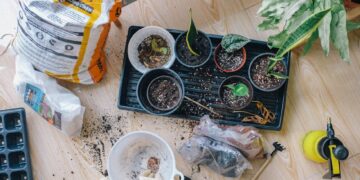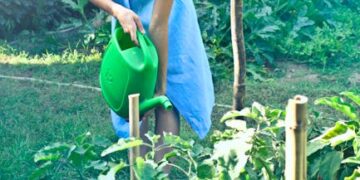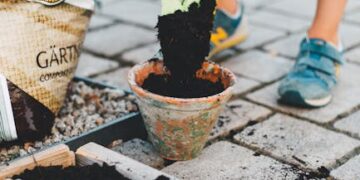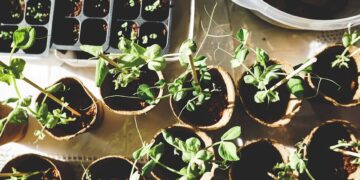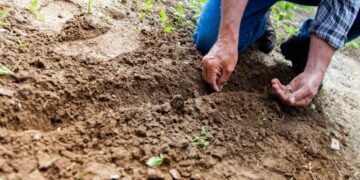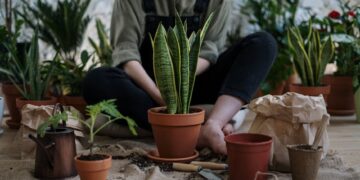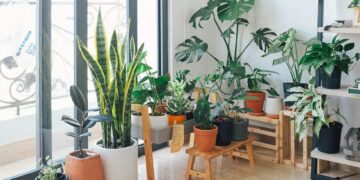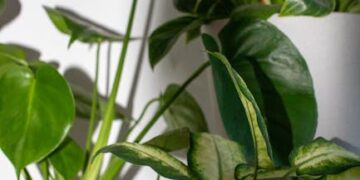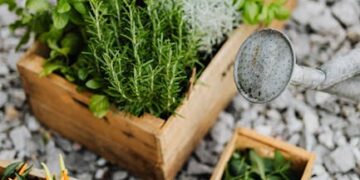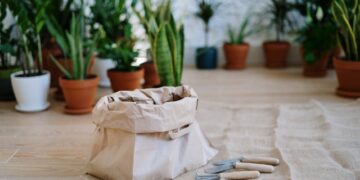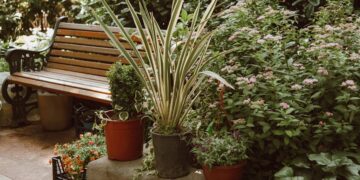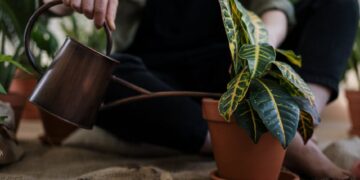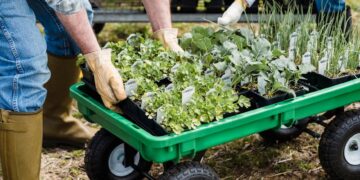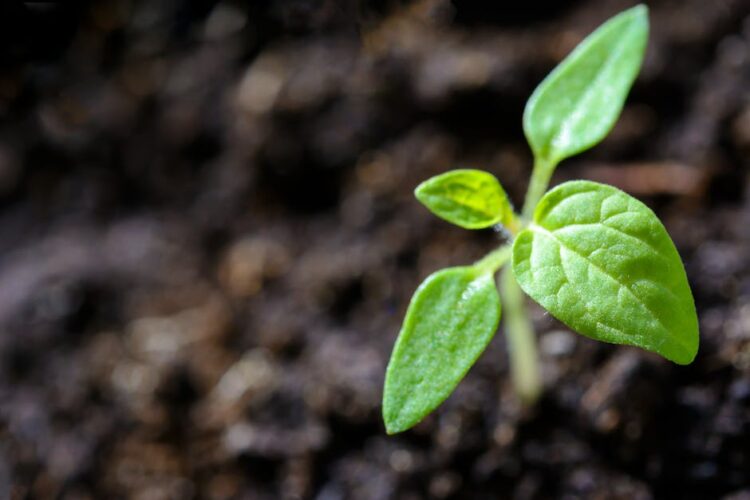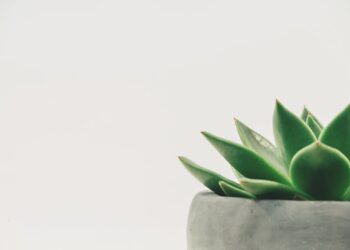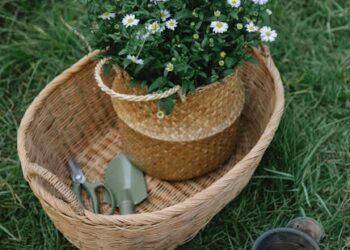Revitalize Your Indoor Garden: Top Plant Care Tips for Lush Growth
Indoor gardening is a delightful way to bring a slice of nature into your home. Whether you’re a seasoned green thumb or a budding plant parent, maintaining a vibrant and healthy indoor garden requires attention and care. In this article, you’ll discover essential tips and tricks to ensure your indoor plants not only survive but thrive, creating a lush and soothing environment in your living space.
Understanding the Basics of Indoor Plant Care
Before diving into specific care tips, it’s crucial to grasp the fundamental needs of indoor plants. These basics are the foundation of a thriving garden.
Lighting: Fuel for Growth
All plants require light to perform photosynthesis, the process by which they feed and grow. Indoor plants often suffer from insufficient light, which stunts growth and fades leaves. To avoid this, identify the light requirements of each plant. For instance, ferns thrive in low light, while succulents need bright, direct sunlight. Position your plants near windows or supplement with artificial grow lights if natural light is inadequate.
Watering: The Balancing Act
Overwatering is a common pitfall in plant care, leading to root rot and disease. To achieve the perfect balance, water your plants when the top inch of the soil feels dry. Each species has different moisture needs, so adjust your watering schedule accordingly. For example, cacti require less water than tropical plants like monstera.
Humidity and Temperature: Creating the Ideal Environment
Most indoor plants originate from tropical climates and prefer high humidity and stable temperatures. During dry winter months, a humidifier or a simple spray bottle can help maintain adequate moisture levels. Additionally, keep plants away from direct heat sources and air conditioning drafts to avoid shock and stress.
Advanced Techniques for Promoting Healthy Growth
With the basics covered, let’s explore some advanced strategies to enhance the growth and vitality of your indoor garden.
Pruning and Deadheading: Encouraging New Growth
Regularly pruning your plants helps to remove dead or yellowing leaves, encouraging fresh growth and a bushier appearance. Deadheading, or the removal of old blooms, redirects a plant’s energy into stronger leaves and new flowers.
Repotting: Giving Roots Room to Breathe
Roots that are cramped can hinder a plant’s growth. Typically, repotting should be done every 1-2 years, depending on the plant’s growth rate. Choose a pot that’s slightly larger than the current one, and make sure it has adequate drainage holes to prevent waterlogging.
Fertilizing: The Nutrient Boost
Indoor plants need regular feeding to supplement the limited nutrients found in potting soil. Use a balanced, water-soluble fertilizer every 4-6 weeks during the growing season (spring and summer). During fall and winter, reduce feeding as plants enter a dormant state.
Common Troubleshooting: Addressing Issues and Questions
Even with excellent care, plants can sometimes run into issues. Here are solutions to some of the most common problems:
Pests and Diseases: Prevention and Cure
Keep an eye out for signs of pests and diseases, such as discolored leaves, sticky residue, or visible insects. Treat infestations early with appropriate organic pesticides and regularly clean your plant’s leaves to prevent future problems.
Stunted Growth: Identifying the Causes
If your plant’s growth has stagnated, assess its light, water, and soil needs. Often, simply moving a plant to a better-lit area or adjusting watering routines can kickstart growth.
Practical Examples and Actionable Tips
To make this guide more practical, here are a few specific examples and actionable tips:
- Grouping Plants: Place plants with similar light and water needs together to create a microenvironment that conserves humidity and simplifies care.
- Ideal Plants for Beginners: Consider low-maintenance varieties like snake plants, pothos, or spider plants, which are forgiving and adapt well to indoor conditions.
- Monitoring Tools: Use a soil moisture meter to take the guesswork out of watering, ensuring your plants get just the right amount.
Conclusion: Enjoy the Benefits of Indoor Gardening
With these tips and techniques, you’re now equipped to enhance your indoor gardening skills. Remember, caring for plants is not only about the growth you see but also about the personal satisfaction and tranquility these green buddies bring into your life. Enjoy the process, observe the subtle changes, and cultivate a green refuge in your home where both you and your plants can flourish.

